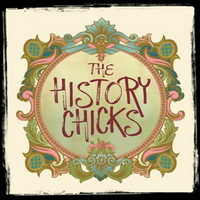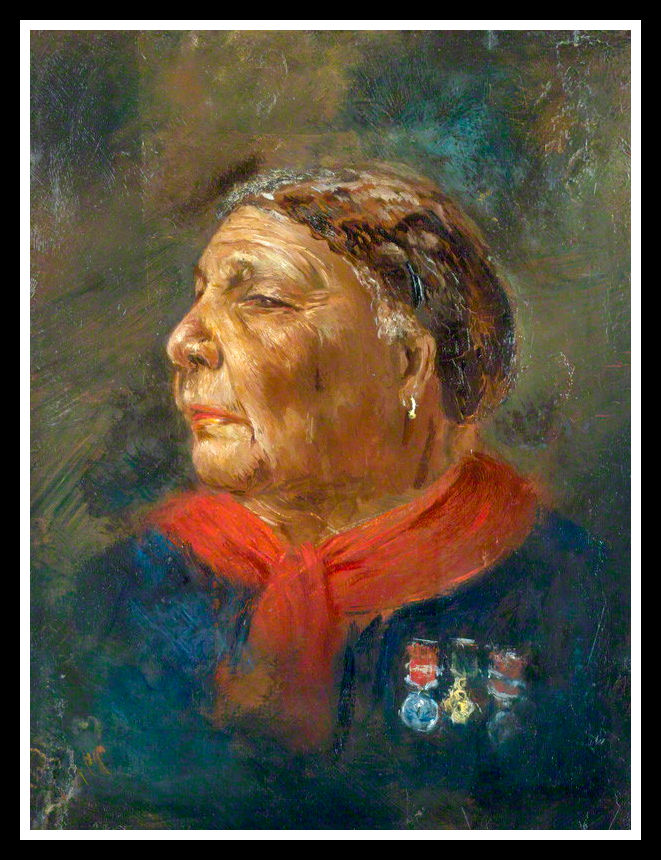
Mary circa 1871, with medals she didn’t earn, but it wasn’t illegal for her to wear and they really do spiff up her outfit, don’t they?
Mary Seacole was a doctress, an entrepreneur, a writer and very, very good in the room. She had a long, accomplished life and once had a brief brush with another woman of medicine during the Crimean War that has colored how some people see them both. It’s a shame when we can’t appreciate women’s contributions without pitting them against each other, isn’t it?
Mary Jane Grant was born sometime in 1805 (probably) the first child of Scottish soldier, James Grant (probably) and a woman we have to refer to as “Mama” because her name is unknown. We do know that her father was white and her mother was a free woman of mixed race which placed Mary high in the social hierarchy of slave-era Jamaica. Her parentage may be fuzzy but she was born, raised, and educated in Jamaica. Her mother was a boarding house owner and doctress: a specialist in herbal remedies and medical practices passed down from generation to generation. Mama passed them on to Mary who used them for her whole life.
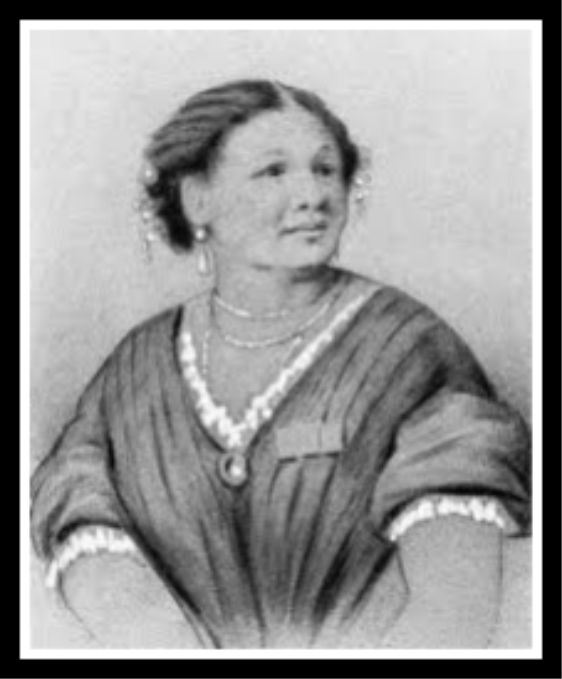
For someone who was in the public eye for many years, there really aren’t a lot of pictures of her. This is a youngish Mary before the Crimean.
When she was in her early 30’s Mary married Edwin Horatio Hamilton Seacole. The couple ran a general store in Jamaica but Edwin’s health was never good and within eight years, both the store and Edwin were gone. Widow Seacole moved on to start the British Hotel in Cruses, in modern-day Panama. It wasn’t a hotel, really, it was a restaurant and store that catered to the gold rush crowd. She also treated people who were ill through several epidemics in both Jamaica and Cruses so when England entered the Crimean war she headed off to offer her services.
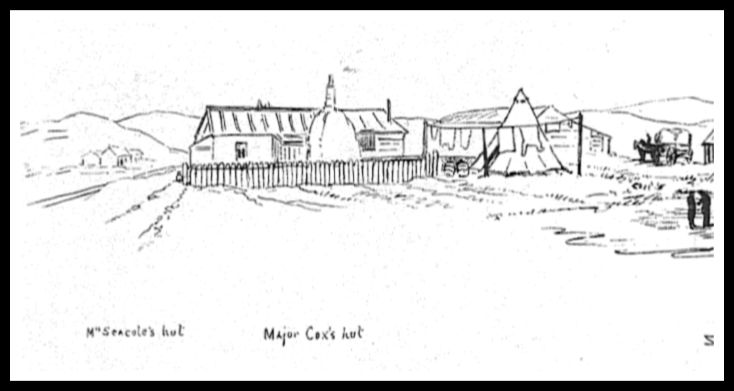
Sketch of Mrs. Seacole’s Hut by Lady Alicia Blackwood
What she ended up doing is opening another store near the front lines and treating patients who came her way. She crossed paths with Florence Nightingale. The end. That was it. When asked, Florence did come up with a couple of nice things to say about Mary, but for the most part, she wasn’t a fan of the energetic, enthusiastic, smart, charming woman.
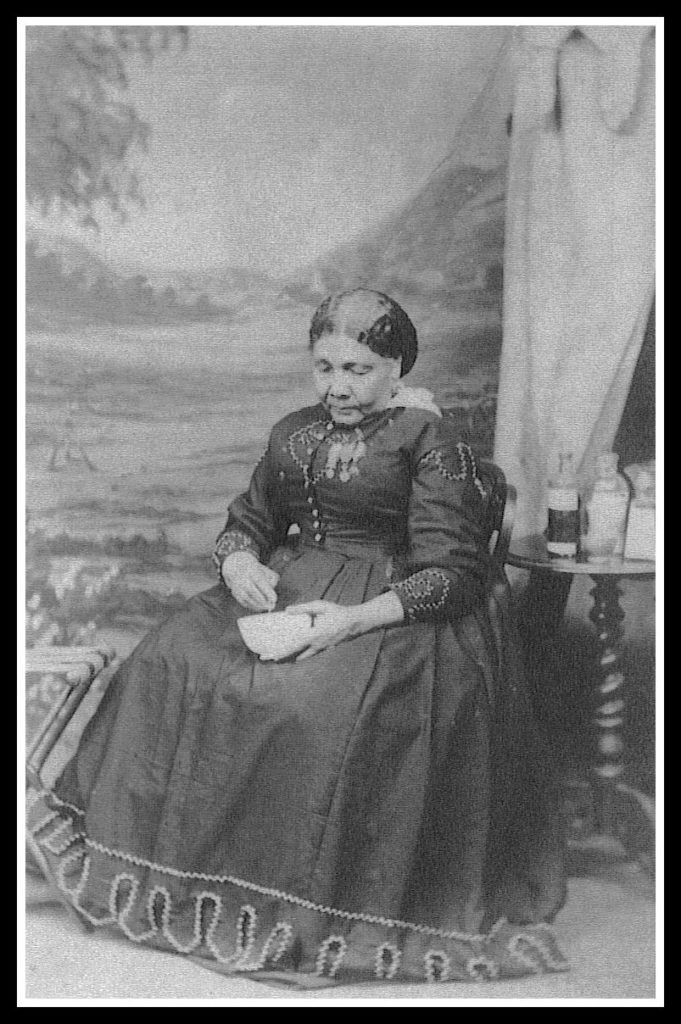
Mary, circa 1873
Mary had made such an impression on everyone she met (well, besides Florence) that when she had financial trouble after the war people filled a fund to support her for the rest of her days…Queen Victoria even endorsed it. Queen. Victoria.
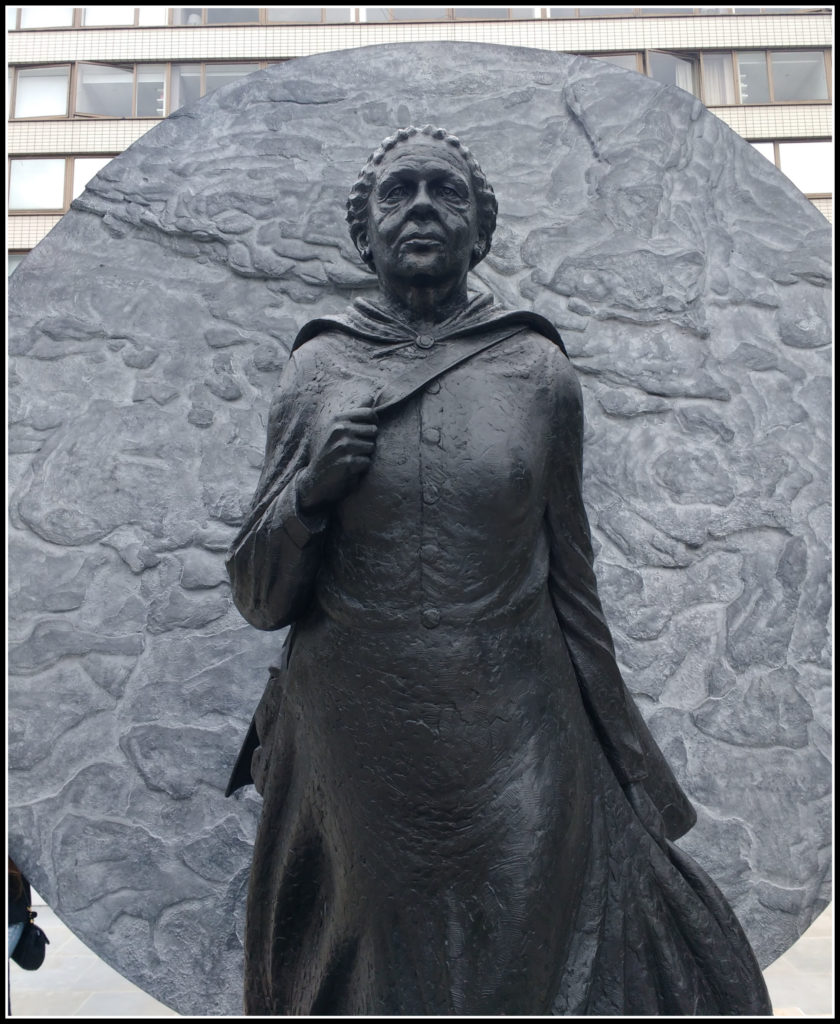
Mary’s statue at St. Thomas Hospital in London
Mary Seacole died on May 14, 1881, at the age of 76 of a stroke and is buried in St. Mary’s Roman Catholic Church Cemetary in London. She faded from history for many years, but was rediscovered in the mid-1950s and, today is well know well enough that she has a statue in London. (She also has A LOT of misinformation about her circulating around, so that made researching this episode fun.)
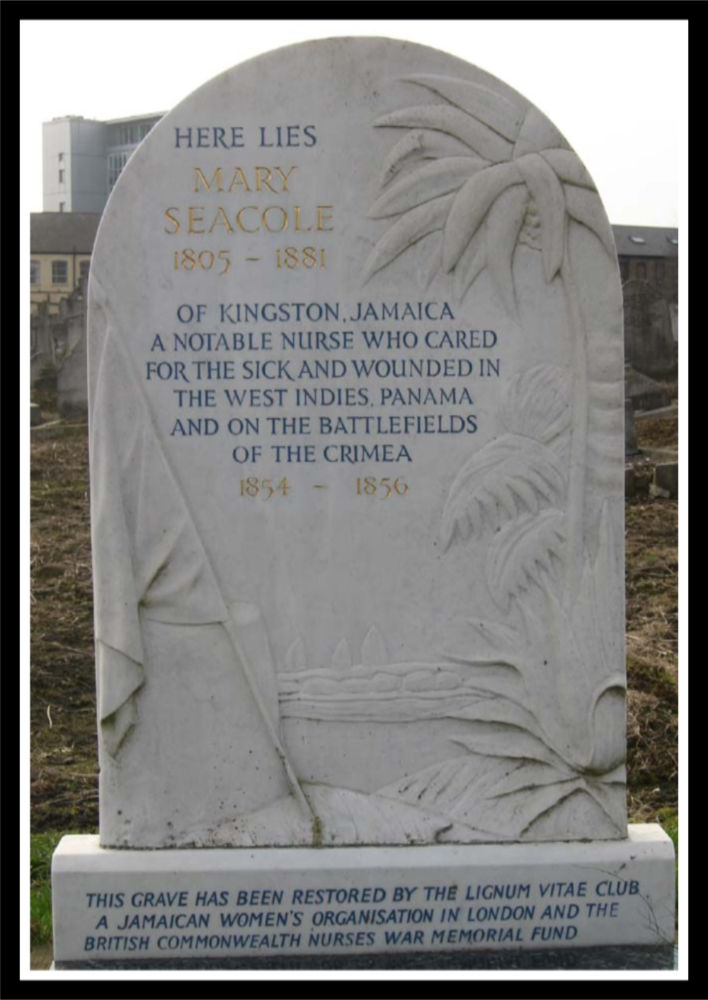
Mary’s refreshed headstone, isn’t it awesome?
TIME TRAVEL WITH THE HISTORY CHICKS
BOOKS!
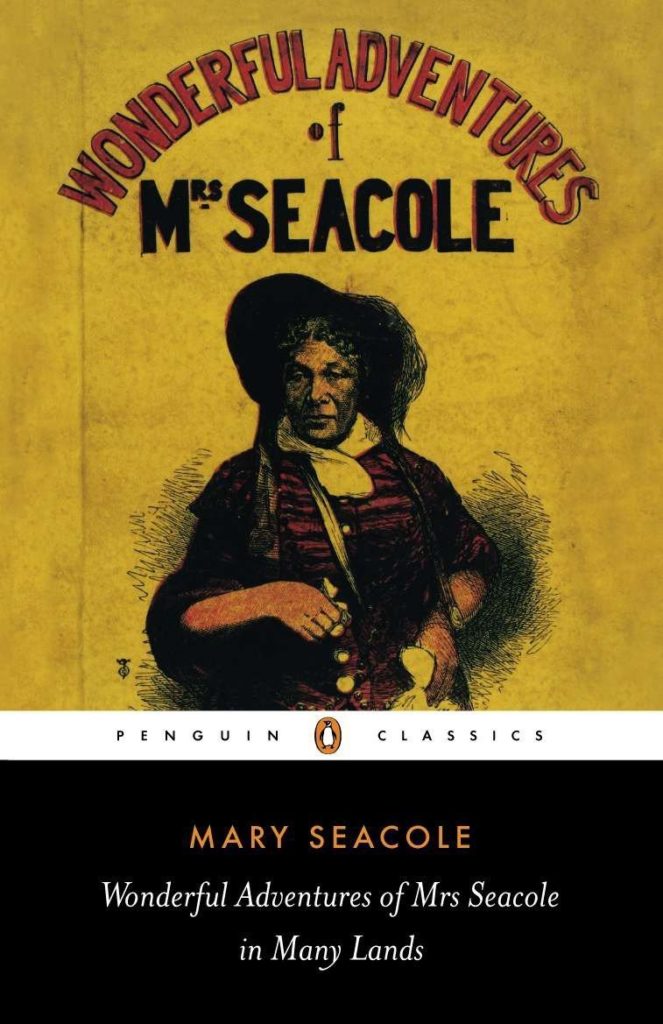
You have to read Mary’s own words, this is also available online HERE

Biography by Jane Robinson
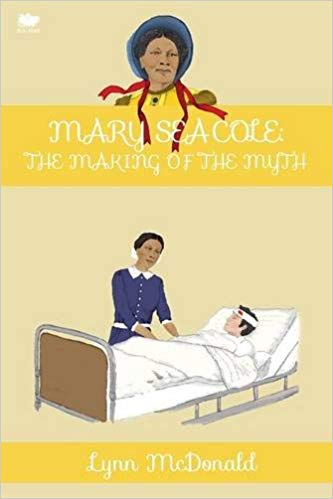
Lynn McDonald If citations are your thing, this is a book for you.
And a contentious review of it from the folks at the Nightingale Society. (Yes, we will cover Florence, we will!)
WEB!
Let’s just start with this one because, frankly, it’s so flipping cool! How long does it take to watch (bing show title here)? BingeClock
The Mary Seacole Trust site was founded to raise funds for her statue in London, it continues as a wealth of information about Mary.
The folks at Mary Seacole Information are vigilant about finding appearances of Mary in the media and making corrections if necessary. It’s also a great place to get lots of information about Mary and a timeline that compares her and Florences lives.
Mary’s family home, Blundell Hall, no longer exists nor are they any photos of it but you can read about what it looked like as well as letters from people who stayed there at Memories of Blundell Hall and Jamaica History. Here’s some information about the fire that destroyed Blundell Hall, Sr.
Susan knows that she saw the Mary Seacole song on Horrible Histories, but she can’t find a video that works now so you may have to google it for yourself, although there are some historical inaccuracies. Sorry about that, it is cute, though!
An animated short about Mary that’s suitable for kids, this is part one of two parts.
We know you are so very curious about salt pork.
We’re both fans of Alexis Soyer, the chef who went to the Crimea to improve the way that food was made for the troops. Forgotten History has a piece about Alexis Soyer’s stove design was used until 1982 and you won’t believe what took them down! (Sorry, we never do clickbait, wondered what it felt like. Kinda slimy, truthfully.)
Where did raglan and cardigan sweaters come from? The Crimean War…well, their names are connected. Raglan and Cardigan
As always, check out our Pinterest board for Mary. We have one for every single subject! PINTEREST
FILM!
Please focus on Mary’s story and don’t pit her against Florence, please…pretty please? New movie in pre-production! Variety has the story.
This episode is brought to you, in part, by these lovely sponsors. When you use the links and codes that helps the show, too! Thank you!
Get 10% off and free shipping when you use the promo code CHICKS at Brooklinen.com!
There’s a perfect bra for everyone, find yours and save 15% off your first purchase at Thirdlove.com/CHICKS
The rocking 80’s vibe that hopefully got you dancing at the end of the episode is Get Up by Kyven (listen to it again here on Soundcloud.)
All music used with permission from iLicense.

